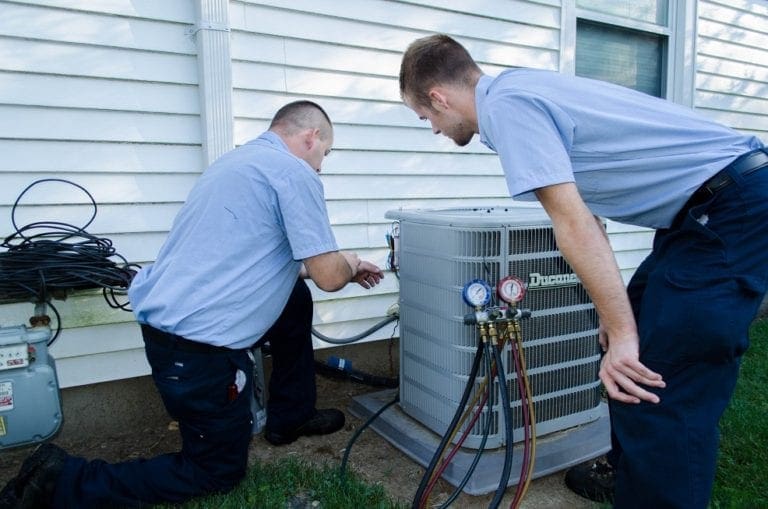Dishwasher Backing up Into Your Sink? Common Causes & What to Do Next
If you’ve ever experienced your dishwasher backing up into your sink, you know how frustrating and messy it is. This common household issue can stem from something as simple as a clog to more serious plumbing issues. Let’s take a look at common reasons why your dishwasher might be backing up into your sink along with practical steps to address … Read More















